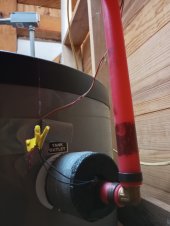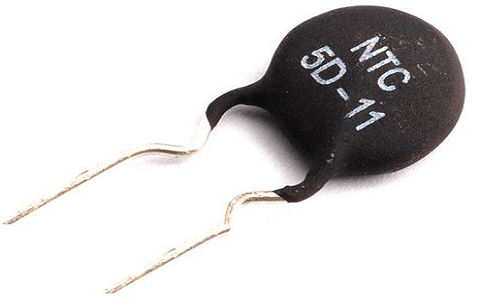Edtwozeronine
New Member
We've had a simple solar hot water system for about 6 months now and it was working fine in that time but just recently it's not turning the pump on when it's reaching the cut-in temperature. Also, placing your hand on the top-right of the unit you can feel that some component in there is getting very hot, when it does we turn the unit off at the 3A fused spur connection so that we don't cook it completely.
The unit is labelled up as "Sorel STDC-V3" it came as part of a DIY set-up.
Just hoping someone on here regularly does solar hot water set-ups as we're not sure what to do next.
The unit is labelled up as "Sorel STDC-V3" it came as part of a DIY set-up.
Just hoping someone on here regularly does solar hot water set-ups as we're not sure what to do next.





